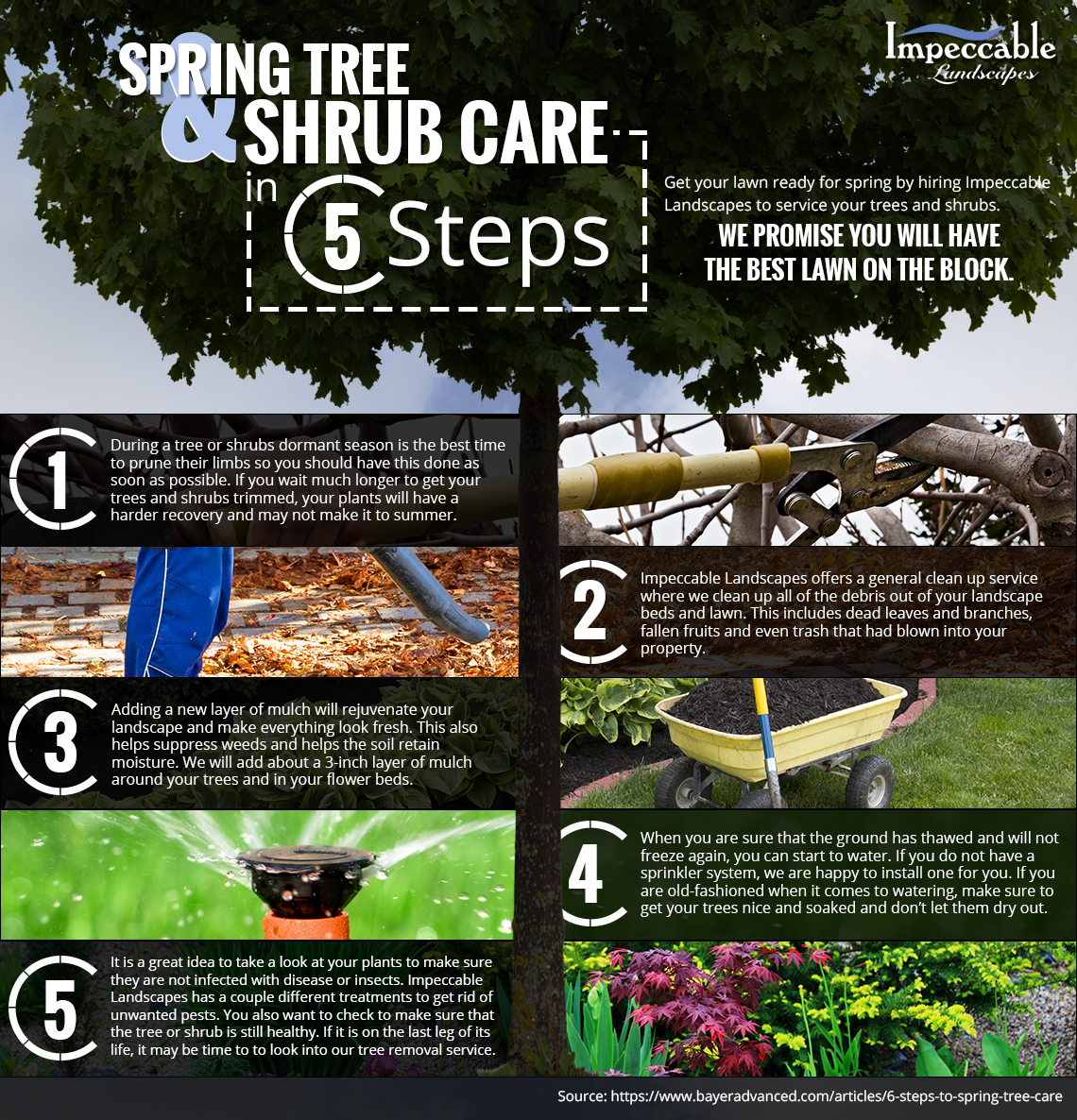Examining Tree Wellness: Guidelines For Selecting Tree Removal
Examining Tree Wellness: Guidelines For Selecting Tree Removal
Blog Article
Material Develop By-Bailey Colon
If you have actually ever wondered about the fate of the trees on your residential property, understanding when it's time for elimination is important. But just how do you identify if a tree can be conserved or if removal is the only option? By looking for certain indications and assessing safety risks, you can make informed choices that profit both your landscape and your environments. Let's explore the essential factors that come into play when choosing the destiny of a tree and just how you can make certain the best end result for your environment-friendly companions.
Signs of Tree Decline
If you observe any one of the following signs of tree decrease in your backyard, it might be time to consider tree elimination.
One typical sign is dead or worn out branches, which can show underlying problems affecting the tree's wellness. Keep https://patch.com/illinois/homewood-flossmoor/maple-tree-inn-owner-shares-cooking-tips-homewood-mayor out for tarnished or shrivelled leaves that continue even with proper treatment, as this could be a sign of condition or bugs.
An additional warning signal is excessive leaning or a noticeable change in the tree's base, which might suggest origin concerns or structural instability. Keep an eye out for fungal growth on the trunk or origins, as this can show rot and compromise the tree's stability.
In addition, if you observe huge splits in the trunk or major limbs, it's crucial to address these concerns quickly to prevent prospective risks. Addressing these indications of tree decrease quickly can assist keep the safety and appearances of your yard environment.
Safety Problems
To ensure the wellness of your property and those around you, focusing on safety and security problems associated with trees is extremely important. Trees can pose numerous safety and security risks if not effectively kept. Dead or rotting branches might fall unexpectedly, endangering individuals or harmful frameworks.
Leaning trees can likewise be unsafe, particularly if they're leaning towards a building or high-voltage line. Furthermore, trees with considerable root systems near foundations or underground utilities can trigger considerable damage with time.
It's crucial to regularly inspect your trees for any indications of prospective danger. Look out for cracks in the trunk, huge tooth cavities, or indications of disease and decay. If you observe any one of these concerns, it's best to speak with an expert arborist to analyze the scenario and determine the required course of action.
Taking proactive actions to resolve safety issues quickly can avoid crashes and building damages in the future. Bear in mind, the safety of your residential property and those around you must always be the leading concern when it involves tree maintenance.
Consulting an Arborist
When taking into consideration the health and safety of your trees, seeking advice from an arborist is a critical step. Arborists are trained experts who focus on the care and upkeep of trees. They can analyze the general wellness of your trees, identify any type of issues such as diseases or structural troubles, and provide professional referrals on the best strategy.
By consulting an arborist, you can receive beneficial understandings into the problem of your trees and determine whether elimination is required. Arborists have the knowledge and experience to examine the risks associated with keeping a tree versus removing it. They can also supply advice on alternative options, such as trimming, cabling, or bracing, to aid protect the tree whenever possible.
Additionally, arborists can help you browse any local regulations or allows that might be required for tree removal. Their expertise can ensure that the procedure is executed securely and in compliance with any suitable regulations.
Final thought
Finally, when figuring out whether trees can be conserved or if removal is required, it is essential to take into consideration signs of decline and safety issues. Consulting an arborist for a thorough evaluation is necessary in making the best decision for the tree's health and potential dangers. Keep in mind, aggressive care and timely activity can help preserve trees and protect against crashes.
